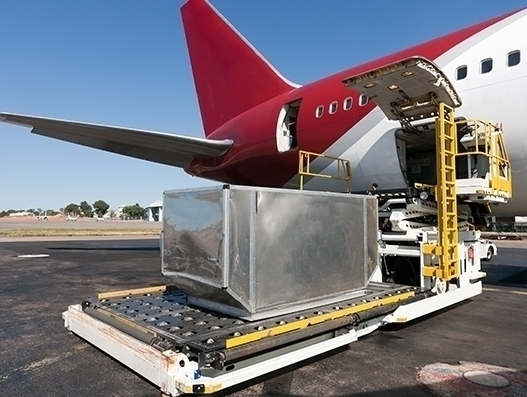
Air freight demand declines by 4.7 percent in April, reports IATA
May 30, 2019: Air cargo demand, measured in freight tonne kilometers (FTKs), decline by 4.7 percent year-on-year in April, revealed International Air Transport Association’s (IATA) recently released data. This continued the negative trend in year-on-year demand that began in January, informed the Geneva-headquartered body. Air cargo volumes have been volatile in 2019, due to the […]

May 30, 2019: Air cargo demand, measured in freight tonne kilometers (FTKs), decline by 4.7 percent year-on-year in April, revealed International Air Transport Association’s (IATA) recently released data.
This continued the negative trend in year-on-year demand that began in January, informed the Geneva-headquartered body. Air cargo volumes have been volatile in 2019, due to the timing of Chinese New Year and Easter, but the trend is clearly downwards, with volumes around 3 percent below the August 2018 peak.
While, the freight capacity, measured in available freight tonne kilometers (AFTKs), grew by 2.6 percent year-on-year in April 2019.
Capacity growth has now outpaced that of demand for the last 12 months.
Some of the factors that have led to decline in new export orders are Brexit-related trade uncertainty in Europe and trade tensions between the US and China.
“Cost inputs are rising, trade tensions are affecting confidence, and global trade is weakening. Airlines are adjusting their capacity growth to try and fall into line with the dip in global trade since the end of 2018. It all adds up to a challenging year ahead for the cargo business. Governments should respond by easing trade barriers in order to drive economic activity,” said Alexandre de Juniac, IATA's director general and CEO.
Asia-Pacific airlines continued to see fall in demand for the sixth consecutive month in April. Demand contracted by 7.4 percent while capacity fell 0.1 percent.
Asia-Pacific, Europe and Middle East suffered sharp declines, while Africa, Latin America and North America experienced modest increases in growth in April 2019. As the world’s main manufacturing and assembly hub, the latest round of US tariffs is likely to negatively impact sentiment and activity in the region further
North American airlines saw demand increase by 0.1 percent in April 2019, compared to the same period a year earlier. International FTKs, however, fell 0.8 percent. Despite solid domestic economic performance, global headwinds are likely to impact air freight outcomes in the coming months, especially with the recent escalation in US-China trade tensions. Capacity increased by 2.5 percent over the past year.
Weakness in German export orders, along with subdued economic growth and the ongoing lack of clarity around Brexit, have led to 6.2 percent decrease in freight demand for European airlines. Capacity increased by 4.2 percent year-on-year.
Middle Eastern airlines’ freight volumes decreased 6.2 percent in April 2019 compared to the year-ago period. Capacity increased by 0.7 percent. Air freight volumes have been declining since the fourth quarter of 2018. Freight volumes to and from Europe and Asia Pacific are growing, but a double-digit decline for the key North America market highlights some of the issues facing the region’s carriers.
Latin American airlines experienced an increase in freight demand growth in April 2019 of 5.0 percent compared to the same period last year—a third consecutive month of positive FTK growth. Future growth in the region will be heavily influenced by the health of the Brazilian economy. Capacity increased by 18.7 percent.
African carriers posted growth in April 2019 of 4.4 percent compared to the same period a year earlier. The strong FTK growth in late 2016 and into 2017 has been only partly unwound, and international FTKs for African carriers are still more than 30 percent higher than their level of three years ago. Capacity grew 12.6 percent year-on-year.

